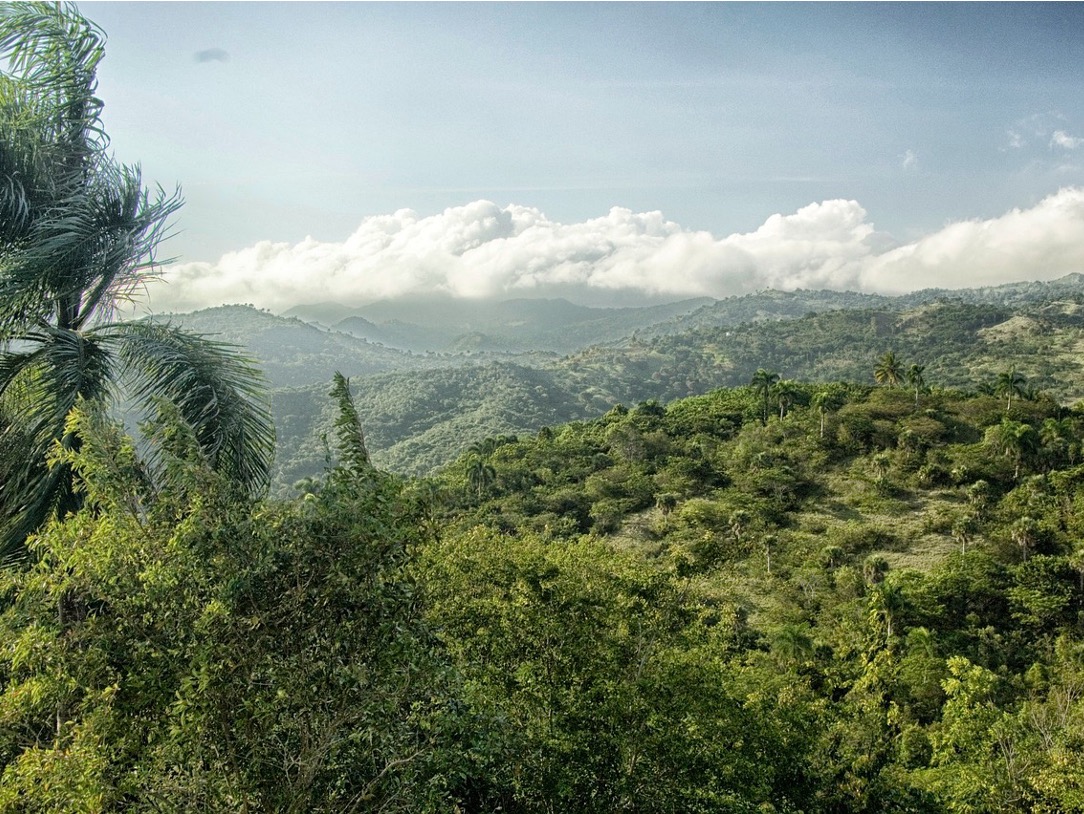“My geography is getting a lot better!”
9th Grade World History students this week focused on unpacking the history of Haiti and the Dominican Republic. As they explored their atlases in a geography warm-up routine, students noticed and wondered about details, like, “Why is Port-Au-Prince not in all caps if Santo Domingo is and they’re both capitals?” Their analysis activity for the day was to create a Venn Diagram of the history of these two countries—using reading they had completed from Jared Diamond’s Collapse: How Societies Choose to Fail or Succeed—hoping to answer the following question: How can two countries on the same island have such different outcomes?
How can two countries on the same island have such different outcomes?
Histories of colonization and enslavement by European countries, overlap and differences in past and current economic policies, population demographics, forestation and farmland, sources of electricity, and impacts of environment, weather, and natural disaster all came up. As one student said, “I know about Trujillo, but only because I’m reading and writing about him for English. He was doing a lot of logging but also no one else could.”
As they analyzed the reading, students critiqued Diamond’s claim, finding both ways they agreed and ways in which these two countries’ current states have nothing to do with choice. In an interdisciplinary connection, this week in English they also prepared short group presentations, re-analyzing short stories they had read in World Literature class in light of their new historical context information. The more we know about people’s identity, lived experience, and connection to history, the better equipped we are to both understand and also be curious about their perspectives.

